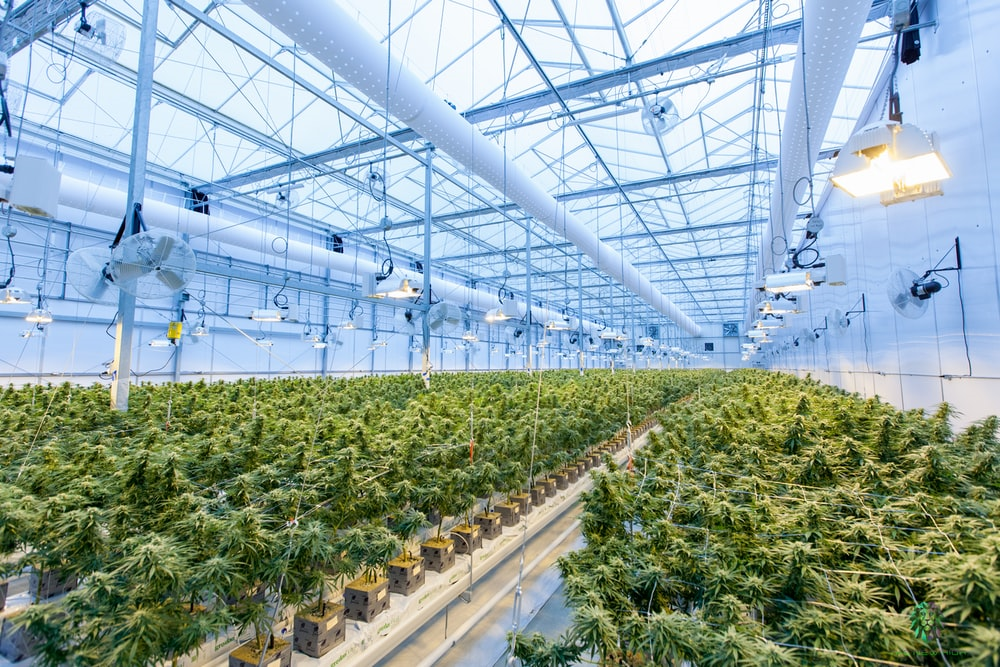
In the past decade alone, the world of medical marijuana (and recreational cannabis for that matter) has experienced a massive boom. Some people are even referring to our time as the “weed” era, and considering the spike in cannabis consumption and approval rates, this isn’t far off.
But the increase in cannabis consumption and acceptance isn’t just happening out of the blue. A huge reason for the spike in cannabis-related medicine is in part due to advances in technology.
Advances in technology are constantly affecting the world and the people in it, especially when it comes to healthcare. There isn’t one medical sector that has been untouched by the effects of technology, and the cannabis industry is no exception.
5 Technological Advances That Are Affecting Medical Cannabis
DNA Sequencing
The amount of variance among cannabis strains is mind-boggling. Even though cannabis is technically classified as one type of plant, the amount of DNA sequencing variations offers thousands of unique options. Not only does this translate to tons of unique high experiences, but also many potential medical benefits.
But the thing that many cannabis users don’t realize is that we’re not just stumbling across unique strains and varying levels of THC/CBD combinations. Science and technology relating to modern genomics are helping us to manipulate cannabis genetics and create the ultimate DNA sequence.
For example, there’s a company in Colorado that is experimenting with CRISPR genome editing in an effort to create a cannabis plant that contains no THC or CBD whatsoever. For some avid cannabis users, this may seem like a complete waste of time, but it’s allowing researching to get a better understanding of other potentially health-enhancing cannabinoids.
An Enhanced Mobile Retail Model
The online retail market has changed the habits of the average consumer in more ways than one. Consumers are shopping for everything online nowadays, including groceries, designer clothes, major appliances, and yes, cannabis is on that list, too.
Now that cannabis is legal in much of the US and all of Canada, the cannabis shopping practices have drastically changed. In the past, it wasn’t uncommon to make a shady exchange in a dimly lit alleyway for an ounce of weed, but things are much different now thanks to technological advances in online retail.
Technology has made shopping for marijuana a fun and seamless process. It’s now possible to purchase marijuana online and have it delivered to your doorstep, sometimes even in a matter of hours. In 2020, there are even some mobile apps that are exclusively dedicated to shopping for legal weed.
But apps aren’t the only thing that has advanced the marijuana industry. Many dispensaries are implementing an integrated point of sale platform that more efficiently connect all the links involved in the cannabis supply chain. Not only does this help the retailer to keep things running smoothly, but it also enhances each customer’s experience.
More Efficient Growing Equipment (LED Technology)
One of the most prevalent innovations for medical marijuana patients is having the ability to grow from home. Let’s look at Canada as an example; the Canadian federal government has been allowing citizens with a medical marijuana prescription to grow from home by approving them for an ACMPR license to grow through companies like https://cannabisgrowingcanda.com.
The government of Canada is even giving the same privilege to recreational cannabis users, although to a much smaller extent. Whether an individual is growing with an ACMPR medical license or just growing a few plants for fun, managing a home grow operation is much simpler than it used to be.
This is mainly because of major leaps in the growing equipment industry, especially in terms of efficiency. Grow lights are so much more efficient than they used to be, and LED lighting makes it possible to grow from home without wasting massive amounts of energy.
The US Department of Energy says that “by 2027, widespread use of LEDs could save about 348 TWh (compared to no LED use) of electricity: This is the equivalent annual electrical output of 44 large electric power plants (1000 megawatts each), and a total savings of more than $30 billion at today's electricity prices.”
Nanoencapsulation
Nanoencapsulation is big in the CBD industry, mainly because CBD is an oil and it’s not water-soluble. This makes it difficult to combine with other substances, but nanoencapsulation changes all of that. This process allows CBD to become more bioavailable and blend more smoothly with water.
This technology is still relatively new, so scientists are in the process of perfecting it. If it turns out to be a success, then you can definitely expect more CBD beverages to hit the market.
Personalized Strains and Products
Just as the craft beer industry became a big thing a few years back, the same thing is happening with cannabis. Both medical and recreational cannabis users are seeking out a craftier experience. And part of this is getting a more personalized experience, and thanks to technology, this is more possible than ever.
Part of the personalization process involves guesswork, like trying out a variety of sativa, indica, and hybrid strains to see what you like and what you don’t. But there’s another aspect of cannabis personalization that doesn’t involve any guessing whatsoever.
A company called CannabisDNA has and continues to perform extensive research on personalizing the cannabis experience. They’ve created a sativa-based swab test that utilizes over 70 genetic markers to perfectly determine the strains that a user will be most compatible with.
These are just a few examples of how technology has influenced the cannabis industry, and you can expect to see more advances in the future.





